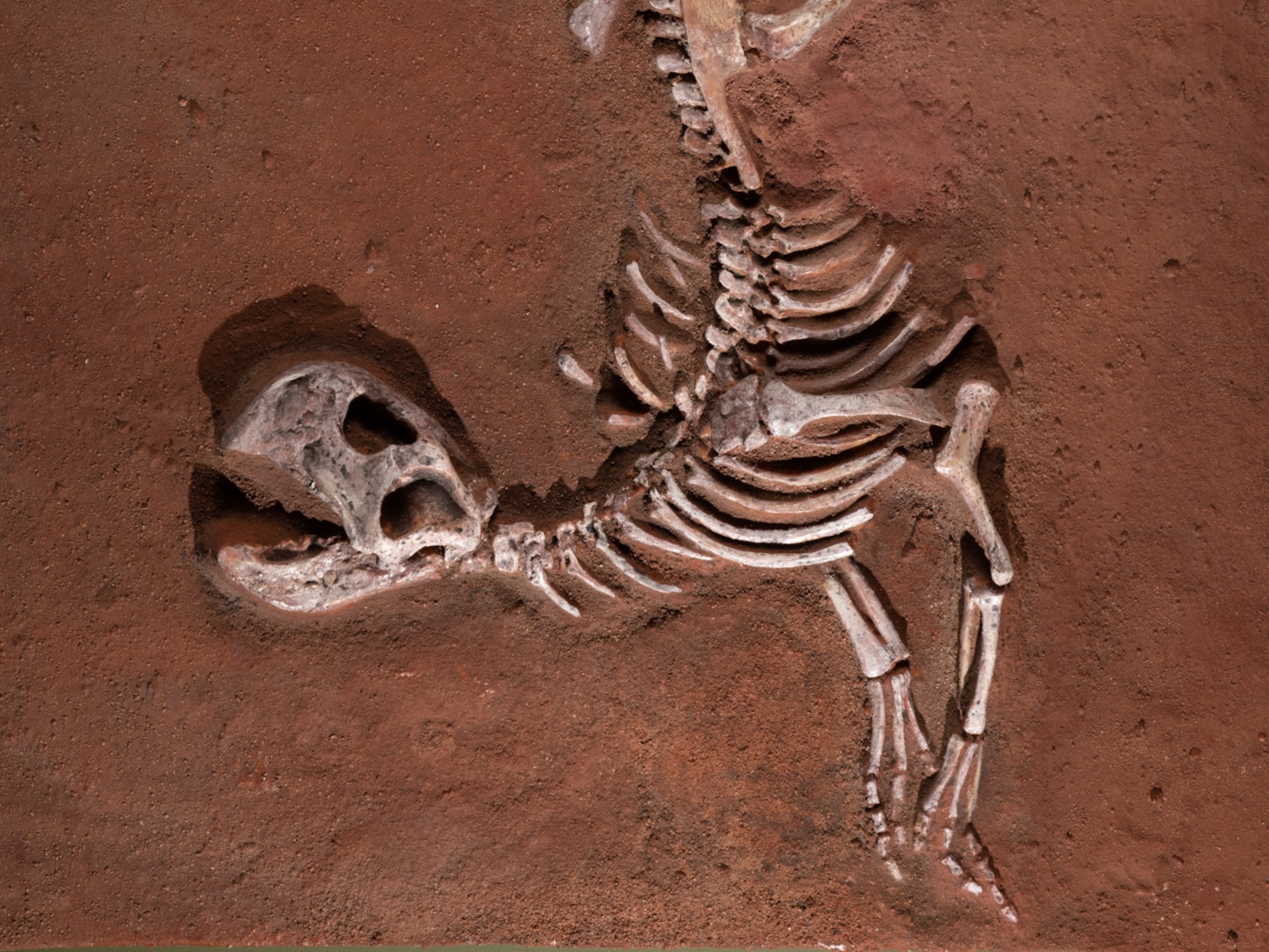
Armadillo Invasion: Warm-Weather Critters Expanding East
Fast-breeding mammal may move into D.C., New Jersey, experts predict.
An armored invasion is underway across the midwestern and eastern United States: Armadillos are moving into new territories once thought unsuitable for the warm-weather creatures.
There are 20 known species of armadillo, but only one—the nine-banded armadillo—has ventured out of Latin America. The species arrived in Texas during the 1880s and has been spreading into new habitats ever since.
(See a picture of a giant armadillo spotted in Peru in 2009.)
In recent years the nine-banded armadillo has even established itself as far east as South Carolina and as far west as Illinois, and the animals are sometimes spotted in Indiana and Iowa.
If the trend continues, some experts predict that the armadillo may soon be spotted in the wild as far north as Washington, D.C., or even New Jersey.
Some scientists have suggested that increasing temperatures due to climate change may be allowing armadillos to move into more habitats.
But armadillo expert Colleen McDonough, a biologist at Valdosta State University in Georgia, doubts this is the case. For starters, armadillos have been consistently moving northward and eastward from the Rio Grande since the latter part of the 19th century, she said.
"There are different hypotheses as to why—one being that the expansion was facilitated by land-use practices and removal of large mammalian predators," she said.
"Because this movement has been consistent over the years, I think it is a continuation [of a longer-term trend] and not directly the result of recent climate change."
Adaptable Armadillos
Instead, McDonough suspects that the armadillo's general adaptability and fast reproduction are fueling its expansion.
The omnivorous animals can make their homes in forests, grasslands, and even suburbia. In addition, fertile females begin breeding at just one year old and have litters of four young each year.
Armadillos aren't invincible, of course, and cold weather will eventually check their spread.
The animals have sparse coverings of hair on their bellies, and their carapaces—or back shields—protect them from predators but not the elements, said McDonough, who also studies the animals with the International Union for Conservation of Nature's Anteater, Sloth & Armadillo Specialist Group.
What's more, the animals don't hibernate, meaning they have to forage for food in the winter.
Even so, "they can survive periods of cold by staying in their burrows and forgoing foraging" for a short while, she said.
"I have [also] heard of animals foraging in leaf litter under light snow cover in north Texas. This may be possible farther north, but with extensive periods of freezing weather, they will not do well."
Invaders May Impact New Habitats
Like most invaders, armadillos are likely to have some impacts on their new habitats—and those effects are not always easy to foresee.
The mammals are known to dig up insect larvae for food, and it's possible they will compete for such meals with resident animals such as skunks. Armadillos have also been known to raid the nests of various species and so could harm populations of ground-nesting birds such as quail.
Anyone hoping to keep armadillo numbers down won't find it an easy task—the animals are difficult to trap, and natural predators are rare in the armadillo's new range, McDonough added.
(See "Python 'Nightmare': New Giant Species Invading Florida.")
But a positive for humans is that armadillo appetites could keep some insect pests, such as fire ants, in check.
So how far will the armadillo go? McDonough isn't sure.
"Over the decades, scientists have set limits [on the armadillo's range] based on temperature," McDonough added, "and these animals seem to have surprised most [experts] by surpassing these.
"I hate to make predictions, because they keep surprising me."





